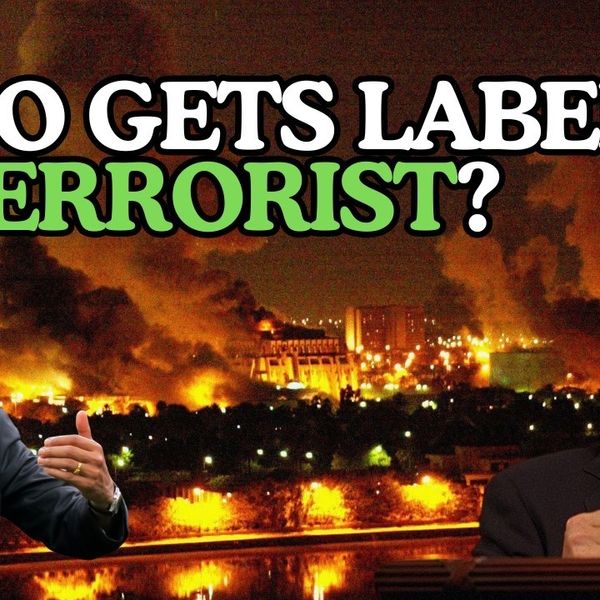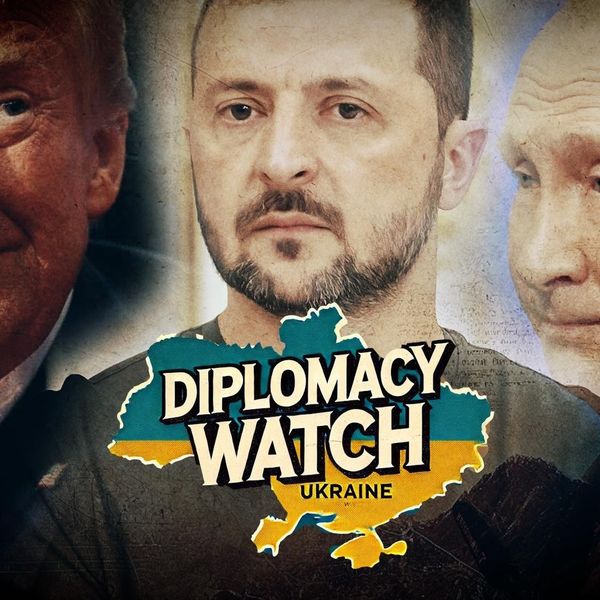One of the most enduring tributes to Pope Francis, who passed away this Easter, would be the appreciation for his legacy of inter-religious diplomacy, a vision rooted in his humility, compassion, and a commitment to bridging divides — between faiths, cultures, and ideologies — from a standpoint of mutual respect and tolerance.
Among his most profound contributions is his historic meeting with Grand Ayatollah Ali al-Sistani in Najaf, Iraq, on March 6, 2021. What made this meeting a true landmark in inter-faith dialogue was the fact it brought together, for the first time, the spiritual leader of the world’s 1.2 billion Roman Catholics and one of the most revered figures in Shia Islam, with influence on tens of millions of Shia Muslims globally. In a humble, yet moving ceremony, the meeting took place in al-Sistani’s modest home in Najaf. A frail al-Sistani, who rarely receives visitors and typically remains seated, stood to greet the 84-year-old Pope and held his hand, in a gesture that underscored mutual respect.
The visit to Najaf was part of a broader Vatican diplomatic outreach to the world of Islam. Pope Francis previously engaged with Sunni leaders, signing in 2019 the Document on Human Fraternity with Sheikh Ahmed al-Tayeb from Al-Azhar University, the pre-eminent scholar of Sunni Islam. The meeting with al-Sistani extended this outreach also to Shia Islam, the second principal branch of Islam. Najaf is a spiritual center of Shia Muslims, home to the tomb of Imam Ali, the pre-eminent saint of Shia Islam, and the Hawza seminary, led by al-Sistani.
That outreach was particularly meaningful as al-Sistani represents a community often misrepresented in Western discourse as inherently menacing through vague but sticky metaphors such as “Shia Crescent,” fueled by media sensationalism and geopolitical tensions driven, in part, by evangelical groups like Christians United for Israel who often conflate Shiism, Iran and hostility to Christians and Israel.
Pope Francis took a different approach: he went to Najaf not to proselytize, not to hold theological debates, and not to issue political demands, but to engage in conversation marked by shared concern over the humanity’s future, peace, justice and dignity for all people. Francis, as a Jesuit with a history of activism against the fascist dictatorship in his own home country, Argentina (1976-1983), was particularly well-suited for this role. His meeting with al-Sistani sent a bold message: in a world scarred by conflict and bloodshed, leaders of faith should unite to reject violence and promote co-existence.
The context of that visit was particularly significant as it also sent an equally strong political message: it took place in Iraq, a nation ravaged by war, particularly the U.S. invasion in 2003, driven by neoconservative fantasies of turning the Middle East into a paragon of liberal democracy, subsequent sectarian strife and rise of ISIS which treated both Shiites and Christians as enemies and apostates.
By choosing to go to Najaf, Francis showed respect for the Shia community, and challenged the narratives that portray Shias as implacable adversaries of the West. Instead of ceaseless demand and condemnation, so prevalent in the attitude of many Western leaders to Iraq, the Pope honored the figure, al-Sistani, who used his enormous influence to advocate for a civil state in Iraq, one that respected rights and equality before the law of all religious communities, including Christians. It was a far more effective gesture of support to Iraq’s decimated Christian community (which has dwindled from 1.5 million in 2003, before the U.S. invasion, to approximately 250,000 – 300,000 in 2021) than self-righteous posturing from the comfort of far-away Western legislatures.
At the time, Francis’ choice to visit Najaf was seen by some observers as a subtle rebuke to the Iranian theocracy, by privileging the so-called “quietist” school of Shia Islam, embodied by al-Sistani. That may or may not have been the Vatican’s intention, but Francis’ message resonated positively among Shia clerics in Iran too. Ayatollah Makarem Shirazi has engaged in significant correspondence with the Pope to promote dialogue between Islam and Christianity. In 2016, he sent a letter to the Pope expressing appreciation for Francis’ stance that “Islam is not equal to terrorism.”
Makarem Shirazi emphasized that what Tehran calls “Takfiri groups” (i.e. ISIS, al-Qaida) indeed do not represent Islam. Pope Francis responded via an official letter sent through the Iranian embassy in the Vatican. He expressed gratitude for the ayatollah’s outreach and joined him in condemning violence in the name of religion as an insult to God and a grave injustice.
That exchange marked a contrast with criticisms Makarem Shirazi delivered to Francis’ predecessor, Pope Benefict XVI, for comments perceived as anti-Islamic. Of course, Makarem Shirazi’s stances are not purely faith-based, but also reflect the geopolitical orientation of the Islamic Republic, like in his implication that the “takfiri groups” prosper thanks to the support of the “arrogant powers” (read the U.S.). Overall, however, his outreach to Francis, and the Pope’s response, can be seen as a useful attempt to promote inter-religious dialogue between Christianity and Shia Islam.
Pope Francis’ efforts to engage with Muslim clerics, both Sunni and Shia, transcended religious boundaries, fostered dialogue and co-existence in a world scarred by conflict. While his visit to Najaf in particular set a powerful precedent, the sustainability of these initiatives depends on his successors’ willingness to build on his efforts. May they continue to walk this path of dialogue, proving that even the deepest divides can be bridged through vision, courage, and faith.
- An anti-war pope confronts a world in turmoil ›
- Diplomacy Watch: The pope is (mostly) right about Ukraine ›
- On Christmas, Pope doubles down, slamming Israel 'cruelty' ›
- Pope Francis worked miracles for US-Cuba, but not the biggest one | Responsible Statecraft ›
- Pope Francis was often mocked for railing against current wars | Responsible Statecraft ›















